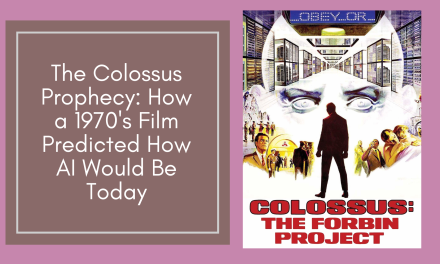Imagine if a shop assistant followed you around all day, noting when you looked sad, stressed, or insecure, then positioned products right in front of you at those exact vulnerable moments. That’s essentially what emotional targeting does, except it’s happening in your social media feeds 24/7.
Emotional targeting is when social media platforms and advertisers use sophisticated algorithms to analyse your online behaviour, posts, and interactions to identify your emotional state and psychological vulnerabilities. They then serve you highly personalised advertisements designed to exploit those feelings for commercial gain.
For example, if you’ve been posting about feeling tired or overwhelmed, you might suddenly see ads for energy drinks, self-help courses, or “life-changing” products. If you’re scrolling late at night (often when we’re more emotionally vulnerable), you might encounter ads for comfort food, beauty products promising transformation, or quick-fix solutions to problems you didn’t even realize you had.
The algorithms are incredibly sophisticated. They can detect emotional patterns from things like:
- How long you pause on certain posts
- What time of day you’re most active
- The language you use in comments
- Which posts you engage with when you’re feeling low
- Even how fast or slow you’re scrolling
What makes this particularly concerning is that these platforms have created what I call “digital mood rings.” They know your emotional state better than you might know it yourself and can often predict when you’re most likely to make impulsive purchases based on your feelings rather than rational decision-making.
Think of it as psychological manipulation at scale. It’s not just advertising anymore, it is behavioural modification designed to turn our insecurities, fears, and emotional needs into profit. And because it happens so subtly within our normal social media experience, most people don’t even realise it is happening to them.
The goal isn’t to meet a genuine need you have, it’s to create or amplify emotional needs that their products can seemingly solve.
In my next article, I will cover how to safeguard yourself against emotional targeting.

























